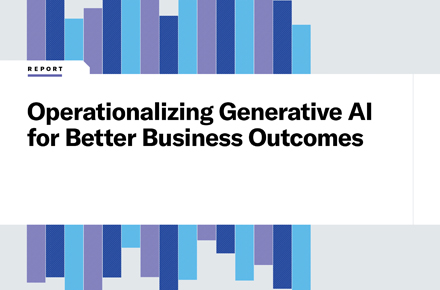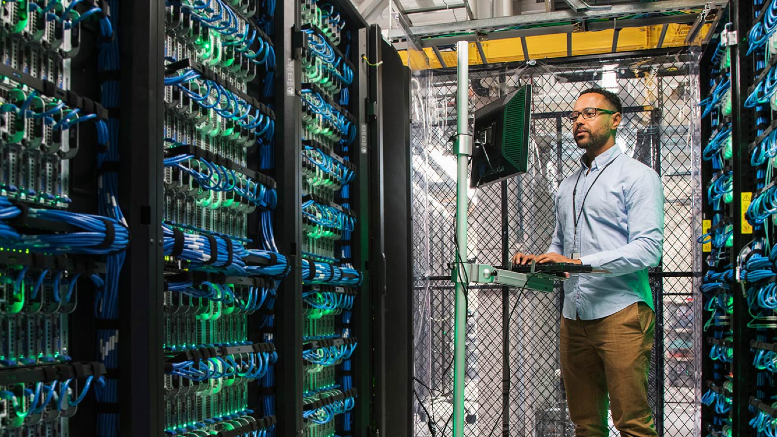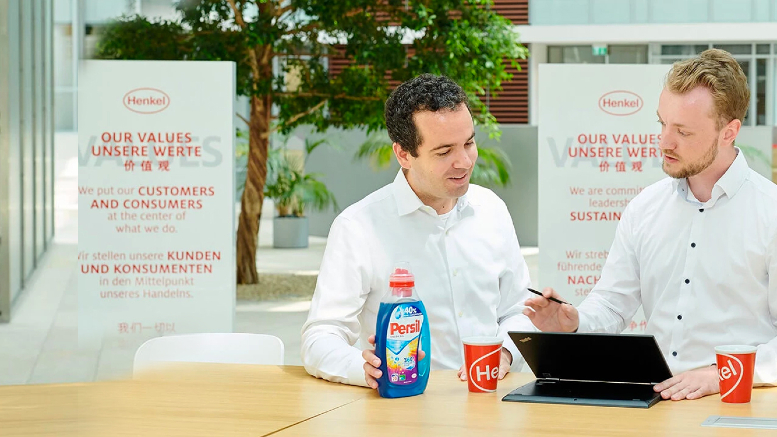Protecting your organization against ransomware
September 15, 2023 / Unisys Corporation
Short on time? Read the key takeaways:
- Understanding ransomware, malware that restricts access to computer systems and demands a ransom for removal, is essential for an effective digital defense.
- Ransomware attacks propagate through phishing emails and exploit vulnerabilities in networks or operating systems, emphasizing the need for robust cybersecurity protocols and employee awareness training.
- The high cost and devastating impact of ransomware attacks underscore the urgency of proactive preparation, with Unisys Dynamic Isolation Solution offering a powerful tool to isolate and thwart threats before they escalate.
- By following preventative steps, businesses can limit the impact of ransomware attacks, bolstering their resilience against this cyber menace and safeguarding critical data and operations.
In today's rapidly evolving digital landscape, ransomware has emerged as one of the most notorious cyber threats, targeting individuals and organizations alike.
As a leader in cutting-edge IT solutions, Unisys is committed to arming businesses with the knowledge and tools to protect themselves against this adversary. By grasping the inner workings of ransomware, you'll be better equipped to comprehend the severity of this threat and implement proactive defense measures.
What is ransomware?
Ransomware, a type of malware, infiltrates computer systems, restricting access to crucial data and demanding a ransom for its release. They typically enter a system through a downloaded file (usually sent via a link in an email) or a vulnerability in a network or operating system service.
Once a user clicks on a malicious link in the email or opens a malicious attachment, malware is downloaded to their machines. The malware can then infect the computer and cause various problems, such as locking users out of the system (usually by encrypting the data on the hard drive) until a ransom is paid for the decryption or other release key. Even worse, the malware can also spread throughout the user’s network or operating system.
There are two styles of ransomware attacks: locking the victim’s screens and encrypting files on a target computer. The first type is common and relatively harmless, but the second style can be very dangerous.
For the first type, criminals typically use an official-looking logo to intimidate the victim (such as a local law enforcement agency or a government department) and lock their victim's screen so they cannot access their computer until a payment is made. It is a broad-brush approach, distributed en masse with the hope that some victims will pay the ransom demanded on the locked screen. This scenario does not typically encrypt files on the victim's computer, although early examples may have. It is more often just a form of malware, which most security vendors have tools to assist with.
The second type of ransomware is a more targeted and challenging concern. In this scenario, cybercriminals target a particular victim, typically a business or an organization. The targeted computers are hacked, and files on the computer are encrypted. Without payment, victims cannot access their files.
How to protect against ransomware
Ransomware attacks can have crippling consequences, both financially and operationally. Given the substantial time recovery from an attack entails, prioritizing preparation and mitigation strategies is vital.
Fortunately, IT professionals can minimize the threat and impact of ransomware. Establishing robust cybersecurity protocols can create a strong defense line, safeguarding your data and ensuring business continuity. By following these five preventative steps, you can protect your organization against ransom:
- Protect the enterprise: Develop a ransomware plan for rapid response and implement best practices like patching policies, backups, MFA and security tools.
- Minimize the impact: Backup and restore files regularly, establish a solid Incident Response (IR) program, implement micro-segmentation, and enable dynamic isolation.
- Break the Cyber Kill Chain®: Thwart reconnaissance and weaponization through link filtering and malware detection, prevent delivery with user education and intrusion detection, and stop exploitation using phishing awareness and host-based isolation.
- Respond to an attack: Execute a well-prepared ransomware plan, identify the attack nature for decryption options, isolate infected devices promptly, and choose appropriate recovery methods.
- Review and improve: Address gaps and inefficiencies, conduct thorough environmental reviews to prevent future breaches, and update the ransomware plan for enhanced preparedness.
As the cybersecurity landscape evolves, Unisys continues to develop solutions to combat ransomware effectively. Unisys Dynamic Isolation Solution is an innovative tool that instantly isolates suspicious users or devices. This solution enables businesses to respond swiftly and decisively to potential ransomware attacks by stopping threats before they spread and preventing data exfiltration.
Safeguarding your business
You can safeguard your business from digital extortion by understanding the mechanics of ransomware, implementing robust cybersecurity practices, and leveraging innovative solutions like Unisys Dynamic Isolation Solution.
At Unisys, we stand committed to arming organizations with the knowledge and technology they need to navigate cyber threats. Together, let's protect what matters most—your data, operations and peace of mind.
Learn how Unisys can help minimize the impact of ransomware on your business operations.




















